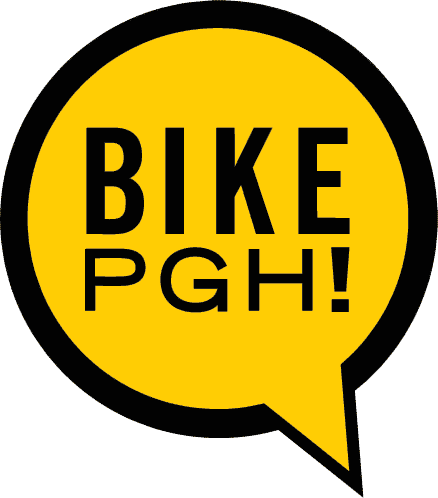This was a really interesting read:
http://www.washingtonpost.com/blogs/wonkblog/wp/2014/07/07/why-cars-remain-so-appealing-even-in-cities-with-decent-public-transit/?tid=trending_strip_3
EXCERPT:
Why cars remain so appealing even in cities with decent public transit
By Emily Badger July 7 at 1:09 PM
I keep stumbling across a great transportation visualization project from the Social Computing Group at the MIT Media Lab, most recently in this Washington City Paper post. In a series of interactive maps, covering a dozen cities, the Media Lab has mapped the most efficient mode of transportation — by car, bike, foot or transit — between any two points in a city.
This is what such a map looks like in Washington, D.C., if, say, you're beginning your trip from Capitol Hill, inside the green block:
Leaving from that part of town, more than half of Washington is reached faster by bike (yellow) than any other mode of transportation. The same is true of less than 1 percent of the city by transit (in blue). Here's the lab's method of figuring this out:
To make this map, we gridded up the city at the block-group level, and then computed the time using each mode of transport from the centroid of the source block group to the centroid of the destination block group using the Google Maps API. For driving, we added a buffer time for parking and walking, and then we compared the four resulting times and colored the block-group based on the minimum.
As a tool for planning your travel routes, or even picking a neighborhood to live in, this is a fascinating platform (albeit a limited one: yes, it doesn't touch on comparative costs, the existence of bike lanes, or the impact of road congestion at different times of day). But beyond personal applications, this type of map has some policy implications, too.
Two things are particularly striking about the above picture: Cycling is a much more efficient mode of transportation than many people realize. And transit is startlingly not so. Seldom will it get you farther, faster, than a bike will. Here's a picture of your transit prospects from the other side of the Anacostia:
Very little of the city — just one tiny patch of it — is accessed fastest by transit. This picture would no doubt look different if we removed bikes from the calculation entirely and simply compared cars and transit. But even then, the city would still look more broadly accessible to you from behind the wheel of a car. The same is true even if you live on a transit line:
(Photos did not transfer, obviously). Results similar for Philadelphia and Chicago, referenced later in article.
